I am a research associate at the Vienna Institute for Archaeological Science (VIAS) since 1994. I am also a member of the research network Human Evolution and Archaeological Sciences (HEAS). My field is archaeozoology – zooarchaeology: doing archaeological research by using animal remains – biological structures – as artefacts. Along with ceramics, animal bones and teeth may be the most widespread and universally relevant archaeological objects within the human sphere. With the pottery people, we share the fate that our individual objects may not look too sexy, and results are only achieved by piecemeal analysis – still, there is no technology to bypass this identification process easily and on a large scale. Luckily, pottery sherds and bones are complementary in many of their analytic potentials. Their mutual relationship within archaeological contexts is still little understood and studied.
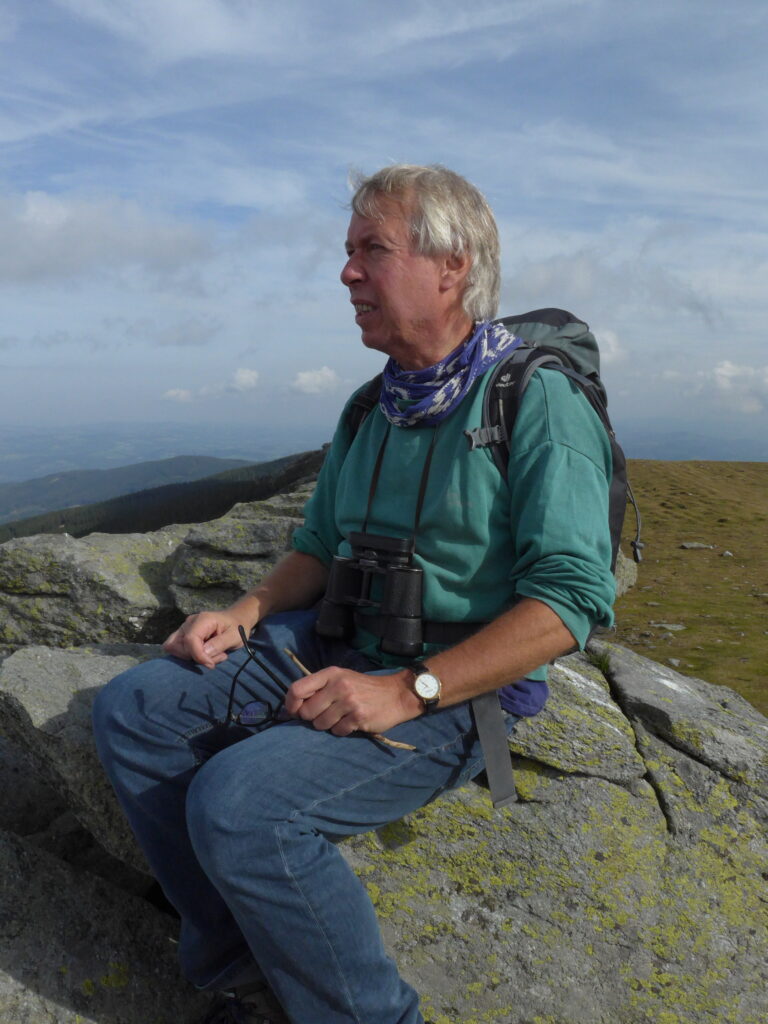
In Vienna and elsewhere, the academic landscape of archaeology is organized along chronologies (prehistory, …), regions (egyptology, …) … we know them all and their problems, but they might not know each other. With animal remains, you can easily move across time and space, no need to attach yourself to a certain period or area. Only bioarchaeological material can guarantee this.
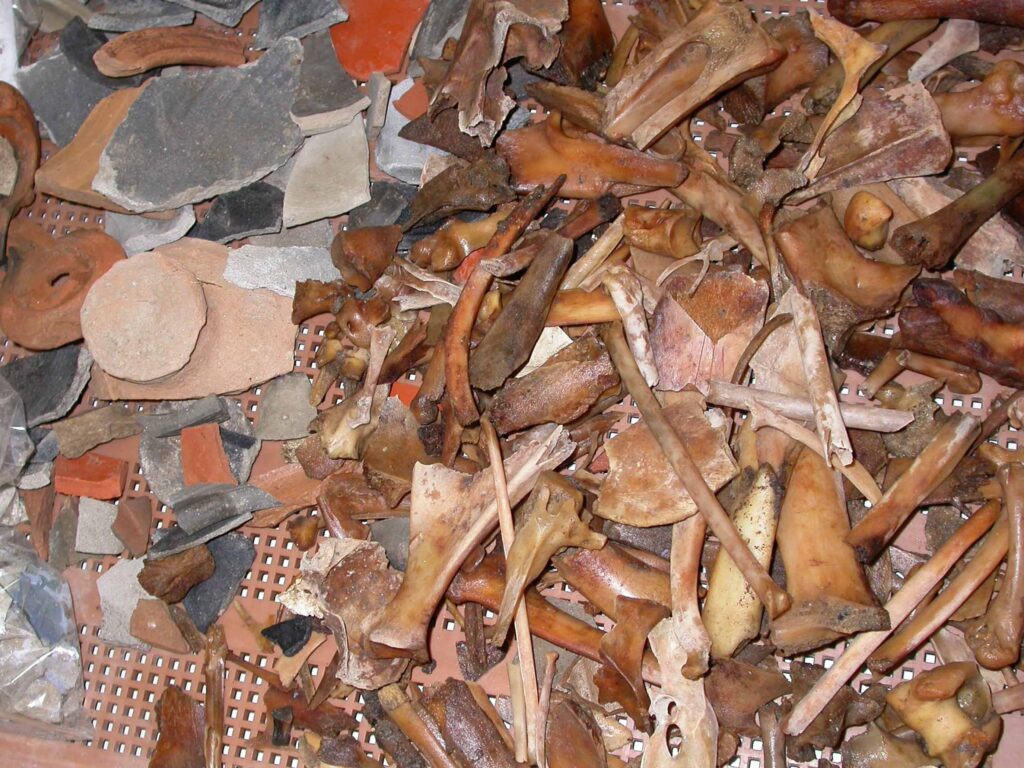
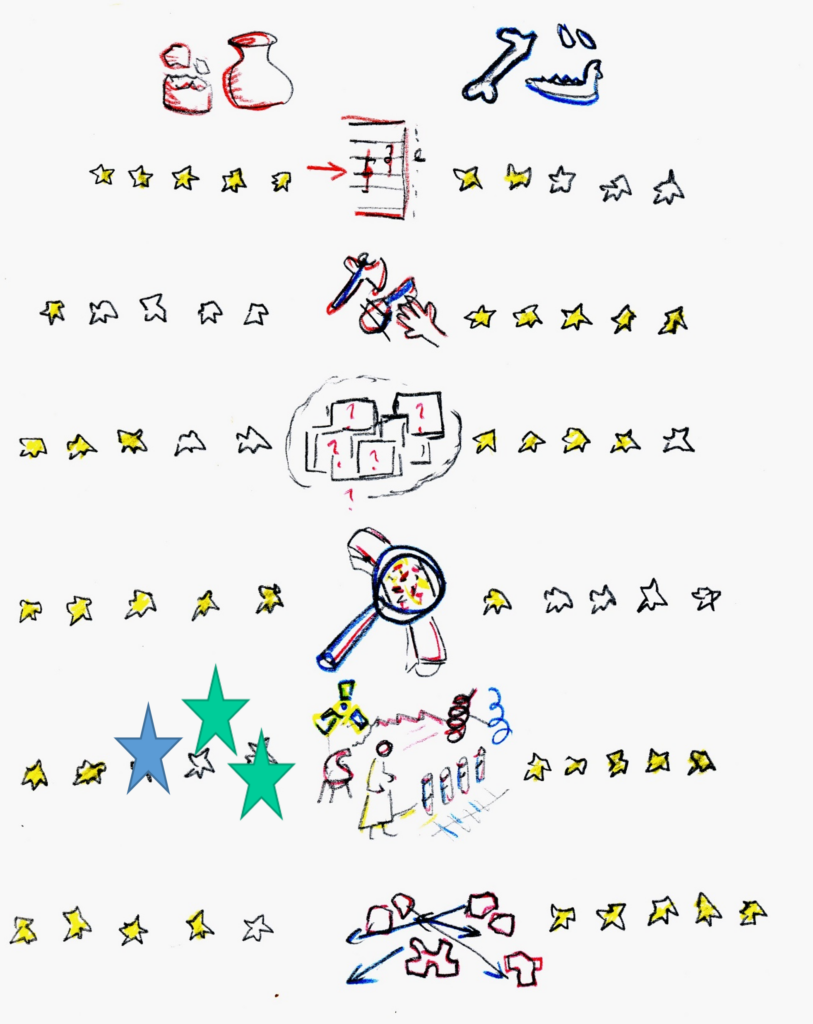
As a trained palaeontologist, I am used to look at assemblages, and to consider how these came about. We focus on comparisons of samples, not on single items – what are all these bones doing here?
Street, backyard, baths – urban bonescapes from the Roman civilian city of Carnuntum (Lower Austria)
Kunst, G. K. & Kirchengast, N. I., 2022, Über Speisen, Getränke und Macht zwischen Spätantike und Karolingerzeit: Akten der 29. und 30. internationalen Symposien “Grundprobleme der frühgeschichtlichen Entwicklung im mittleren Donauraum” in Mistelbach, 8.-11. November 2017 und in Brünn, 14.-16. November 2018. Poláček, L., Heinrich-Tamáska, O., Nowotny, E. & Eichert, S. (Hrsg.). Grenzach-Wyhlen: Verlag Bernhard Albert Greiner, Band 5. S. 149 – 163 15 S. (Forschungen zu Spätantike und Mittelalter).
As a zooarchaeologist, I believe that everything depends on a decent excavation, an accessible database of all finds and archaeological features from a site, and an open-minded crew with each one sharing informations and their individual knowledge:
Bad Contexts, Nice Bones – and Vice Versa?
Kunst, G. K., Böhm, H. & Czichon, R. M., 2021, Archaeozoology of Soutwest Asia and adjacent areas XIII: Proceedings of the Thirteenth International Symposium, University of Cyprus, Nicosia, Cyprus, June 7-10, 2017. Daujat, J., Hadjikoumis, A., Berthon, R., Chahoud, J., Kassianidou, V. & Vigne, J-D. (Hrsg.). Atlanta: Lockwood Press, Band 3. S. 93 – 111 19 S. (Archaeobiology, Band 3).
Die Tierreste der Grabung 2004 in Schloss Orth an der Donau
Kunst, G. K. & Böhm, H., 2021, Schloss Orth an der Donau – Baujuwel der Renaissance: Neue Erkenntnisse aus Archäologie, Bauforschung, Geschichte und Kunstgeschichte. Bundesdenkmalamt (Hrsg.). Wien: Verlag Ferdinand Berger & Söhne GmbH, Band 2. S. 329-378 50 S. (Fundberichte aus Österreich. Beihefte, Band 2, 2021).
As a conservationist, I hope that some of our research may contribute to define baselines and protection goals, and to provide a historical aspect to widely-discussed topics like wilderness, human footprint, biodiversity, …
Verlorene Weidegänger – Wildpferde und Wildrinder: Auerochse Bos primigenius, Wisent Bison bonasus und Wildpferd Equus ferus in Oberösterreich
Kunst, G. K., 2023, Atlas der Säugetiere Oberösterreichs: Nachweise – Verbreitungsgeschichte – Rote Liste. Weidinger, A. & Perndl, I. (Hrsg.). Linz: OÖ Landes-Kultur GmbH, Band 45. S. 846 – 878 33 S. (Denisia).
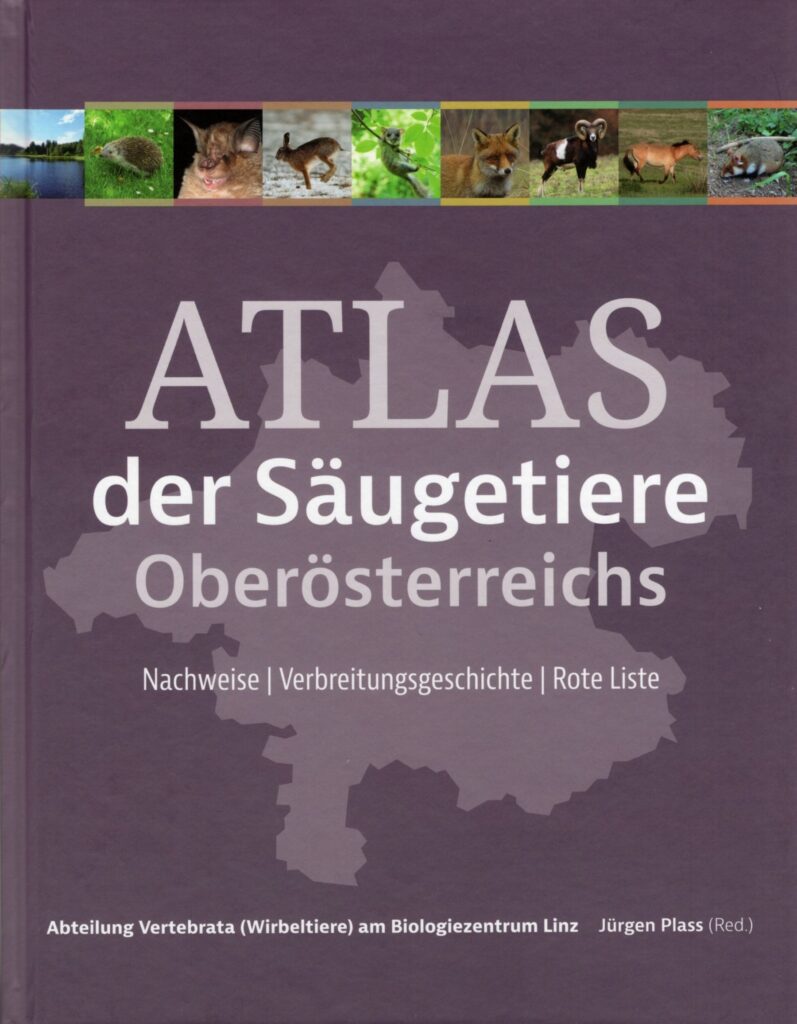
Metal objects, especially simple iron tools, may be widespread, but difficult to restore and often not deemed worth the job. Luckily, a single blade may leave marks on a hundred of bone splinters, which perfectly preserve them through the ages, even if the chopping knife is gone long ago – bones act as information storage:
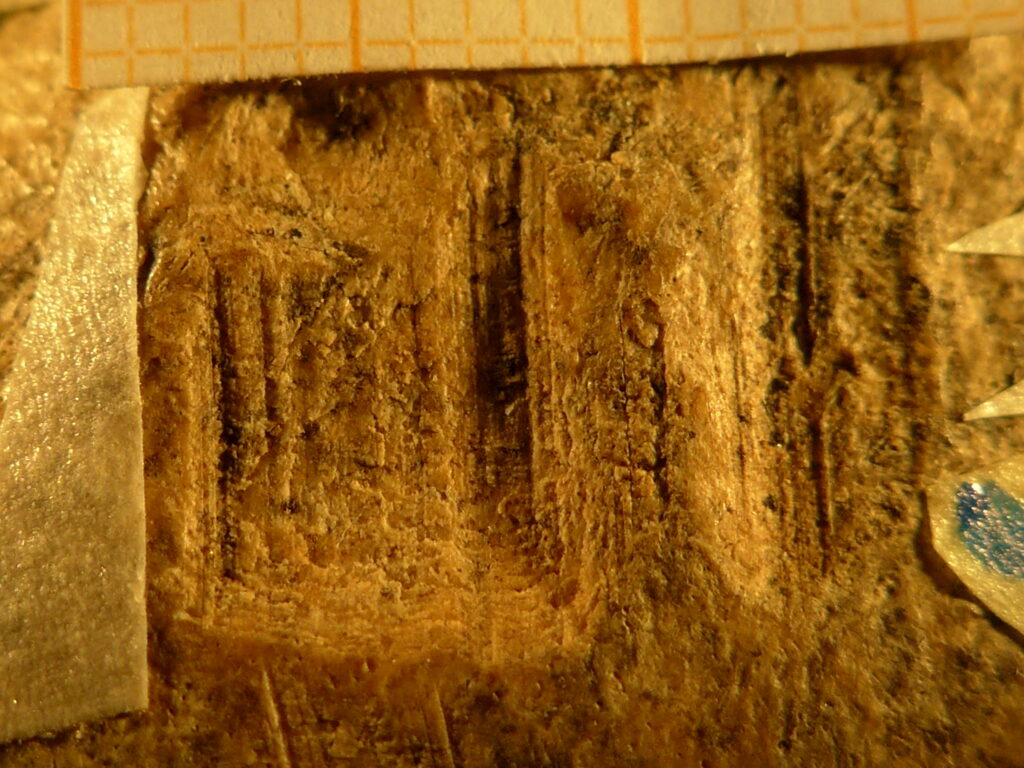
Quantitative approaches to cattle butchery – chopped vertebrae and ribs from a Roman sanctuary
Kunst, G. K., 2015, Szürkék, Rackák, Mangalicák – Hungarian Grey, Racka, Mangalitsa: Papers presented at the international conference honouring János Matolcsi, 25-26 November 2013. Körösi, A. & Szotyori-Nagy, A. (Hrsg.). Budapest: Museum and Library of Hungarian Agriculture, S. 201-213 13 S.
Butchery studies: It is our task to tap this under-rated information store. Recommended reading, arguably the most important text written by a zooarchaeologist in the recent past: Humans, Animals, and the Craft of Slaughter in Archaeo-Historic Societies, by Krish Seetah
Animal bones are prone to document repetitive human behaviour, whether linked to the ritual – ideologic realm, social organisations or any types of crafts; you may suspect some of these behind accumulations of structured assemblages:
Choice beef for the worshippers – the cattle record from the sanctuary of Jupiter Heliopolitanus at Carnuntum (Austria)
Kunst, G. K., Gál, E. & Gassner, V., 2021, Roman Animals in Ritual and Funerary Contexts: Proceedings of the 2nd Meeting of the Zooarchaeology of the Roman Period Working Group, Basel 1st-4th February 2018. Deschler-Erb, S., Albarella, U., Valenzuela Lamas, S. & Rasbach, G. (Hrsg.). 1. Aufl. Wiesbaden: Harassowitz, S. 123-140 18 S. (Kolloquien zur Vor- und Frühgeschichte, Band 26).
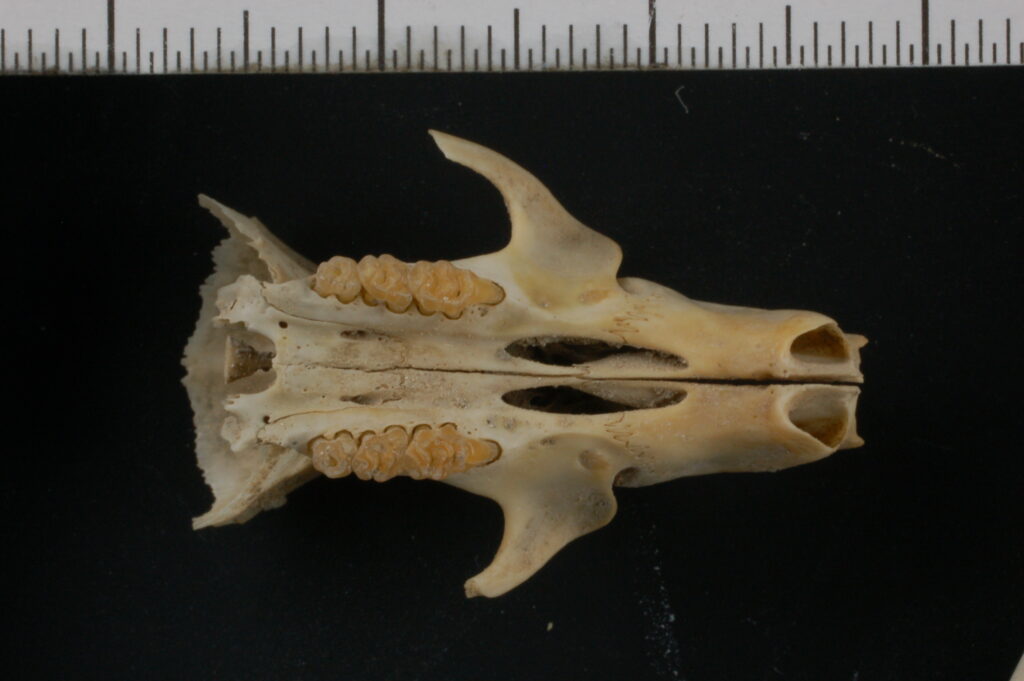
Zooarchaeological work proper may be tiresome, unspectacular and mostly low-tech – but sometimes it may help to change the world. What would the aDNA and isotope people do without us, if we were not able to provide bones from the right time and area? Our Roman rats from Carnuntum were crucial and closely related to their cousins in Britain:
Palaeogenomic analysis of black rat (Rattus rattus) reveals multiple European introductions associated with human economic history
Yu, H., Jamieson, A., Hulme-Beaman, A., Conroy, C. J., Knight, B., Speller, C., Al-Jarah, H., Eager, H., Trinks, A., Adikari, G., Baron, H., Boehlendorf-Arslan, B., Bohingamuwa, W., Crowther, A., Cucchi, T., Esser, K., Fleisher, J., Gidney, L., Gladilina, E., Gol’din, P., &39 mehr, 3 Mai 2022, in: Nature Communications. 13, 1, 13 S., 2399.

 Günther Karl Kunst
Günther Karl Kunst